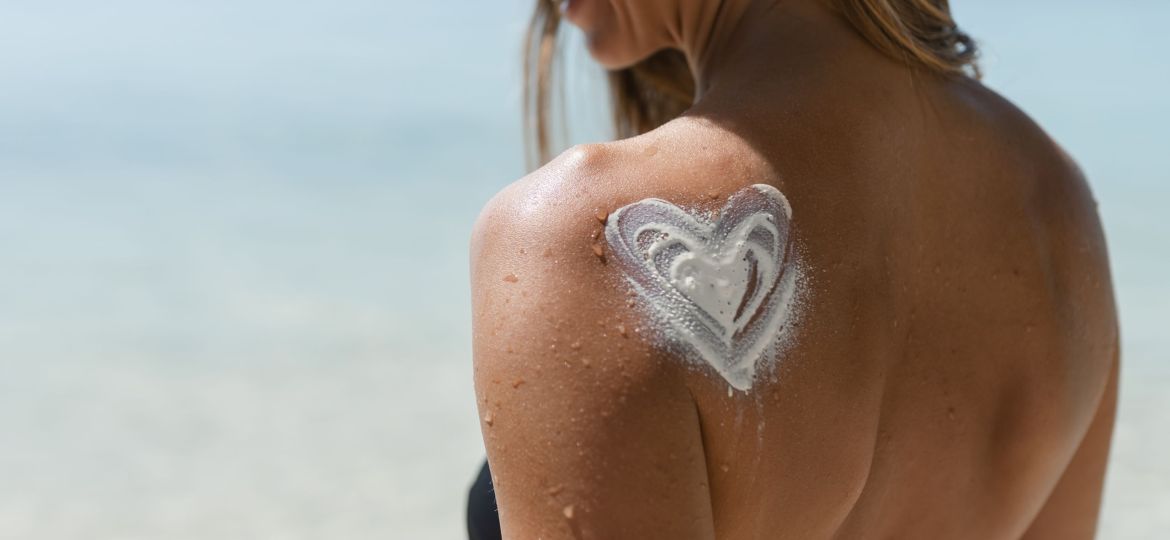
With the warmth of summertime inviting us outdoors, many of us aim to achieve that popular bronzed look. But amidst plans for beach days and barbecues, one big question arises: Does sunscreen stop you from tanning? Let’s take a moment to dive into what tanning truly does to your skin and address the burning question of whether sunscreen prevents tanning.
What is Tanning?
Sun tanning is your body’s natural defense against ultraviolet (UV) radiation. When your skin is exposed to the sun, cells called melanocytes produce melanin, the pigment that gives your skin its color. This increase in melanin production causes your skin to darken or tan, which is essentially your body’s attempt to protect deeper layers of skin from UV damage.
The process is influenced by two types of UV rays: UVA and UVB. UVB rays are particularly important in stimulating melanin production because they cause direct DNA damage. This triggers the skin to produce more melanin as a protective response. UVA rays, on the other hand, penetrate deeper into the skin and can contribute to premature aging. However, they also play a role in tanning by oxidizing existing melanin, which deepens the tan.
Natural skin color variations, which range from light to dark, are due to genetic differences in melanocyte size and the number, size, and shape of melanosomes (the structures within melanocytes that store and transport melanin). Those with darker skin have more melanin, which provides greater natural protection against UV radiation, while those with lighter skin have less melanin and are more vulnerable to UV damage.
Overall, while tanning can provide your skin with a healthy-looking glow, it’s important to remember that it signals the skin’s response to potential harm. Regular use of sunscreen can help protect your skin from UV damage, reducing the risk of skin cancer and visible signs of premature aging.
How Does Sunscreen Actually Work?
Sunscreen acts as a barrier between your skin and the sun’s harmful UV rays. There are two primary types of sunscreen: chemical and physical. The active ingredients in chemical sunscreens absorb UV radiation and convert it into heat, which is then released from the skin. Physical sunscreens, on the other hand, contain minerals like titanium dioxide or zinc oxide that reflect and scatter UV radiation away from the skin. Both types help protect the skin from absorbing harmful UV rays, preventing sunburn and lowering the risk of skin cancer.
Is It Possible to Get a Tan with Sunscreen On?
Yes, it is possible to tan even when wearing sunscreen. No sunscreen blocks 100% of UV rays—SPF 30, for example, blocks about 97% of UVB rays, while SPF 50 blocks around 98%. Therefore, a small amount of UV radiation can still reach the skin, resulting in tanning. The degree of tanning depends on the sunscreen’s SPF, the amount applied, how often it is reapplied, and your natural tendency to tan.
While these percentages seem high, they still allow a small amount of UV radiation to reach your skin.
Why Tanning Still Happens
Despite using high SPF sunscreen, some UV rays will penetrate the skin, triggering melanin production, the process that causes tanning. The amount of UV exposure that results in tanning depends on several factors:
- Reapplication Frequency: Sunscreen should be reapplied every two hours, or more frequently if swimming or sweating, to maintain its effectiveness.
- Time Spent Outdoors: Longer exposure increases the chances of UV rays penetrating the sunscreen barrier.
- Skin Tone: People with fair skin are more likely to burn, while those with darker skin tan more easily. All skin types can tan and burn, and they all need protection from UV rays.
- SPF Level: Higher SPF offers more protection, reducing the amount of UV radiation that reaches the skin. Lower SPF means more UV exposure and, possibly, a deeper tan.
Other Factors Affecting Sun Tanning
In addition to SPF level and proper sunscreen application, several other factors can affect how much you tan. The time of day and geographical location play significant roles in UV exposure. UV radiation is strongest between 10 a.m. and 4 p.m., and it’s more intense at higher altitudes and closer to the equator. During these times and in these locations, despite sunscreen, your skin is more likely to tan.
The condition of your skin also matters. Dry, flaky skin can result in uneven tanning because it doesn’t absorb sunscreen as effectively, leaving some areas more exposed than others. Regular exfoliation can help ensure an even application of sunscreen and a more consistent tan. Additionally, certain medications and skincare products can increase your skin’s sensitivity to UV rays, making it more prone to tanning and burning, even with sunscreen. Always check the labels of any skincare products you use and consult a healthcare professional if you’re unsure about their effects on sun sensitivity.
Lastly, the type of activities you engage in while outdoors can affect your tan. Activities that cause you to sweat or spend time in water, such as playing sports or swimming, can remove sunscreen more quickly. This makes reapplying sunscreen even more important to maintain protection and prevent uneven tanning.
Conclusion
Sunscreen is crucial for protecting your skin from the harmful effects of UV radiation, but it doesn’t entirely stop the skin from tanning. By using sunscreen, you can reduce UV exposure and minimize the risk of skin damage while still achieving a light tan. Remember, the key to a healthy tan is moderation and sun protection, so always choose a sunscreen with an appropriate SPF for your skin type and reapply it regularly during sun exposure. If you’re craving a golden glow but want to practice safe sun habits, sunless tanners are some of the most reliable and safest ways to achieve a bronzed look.
